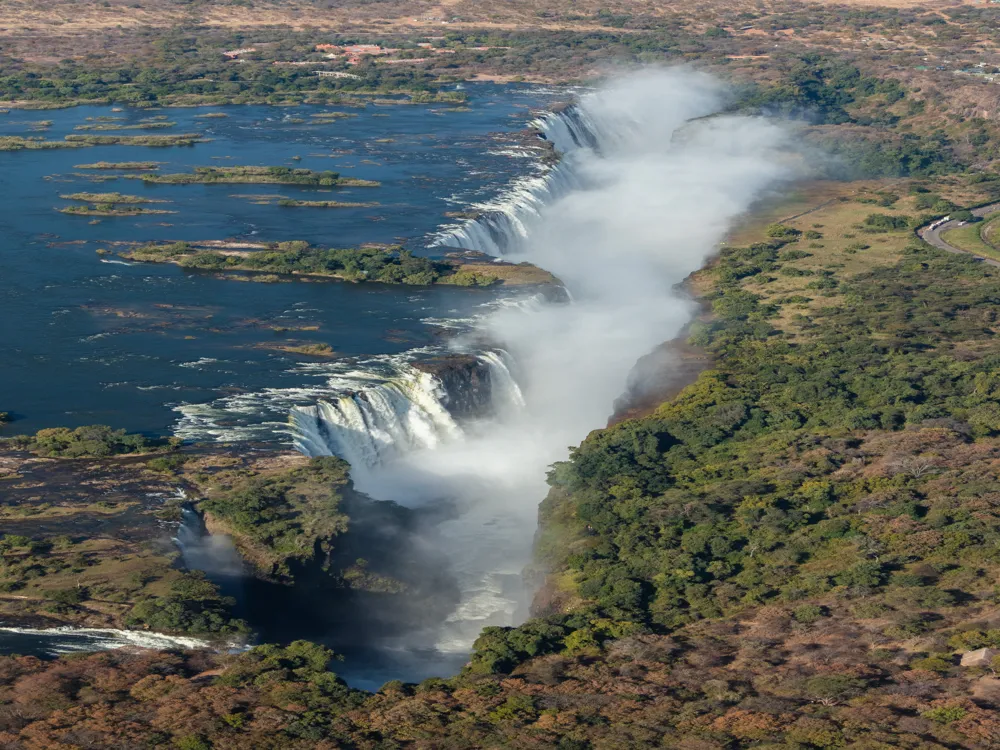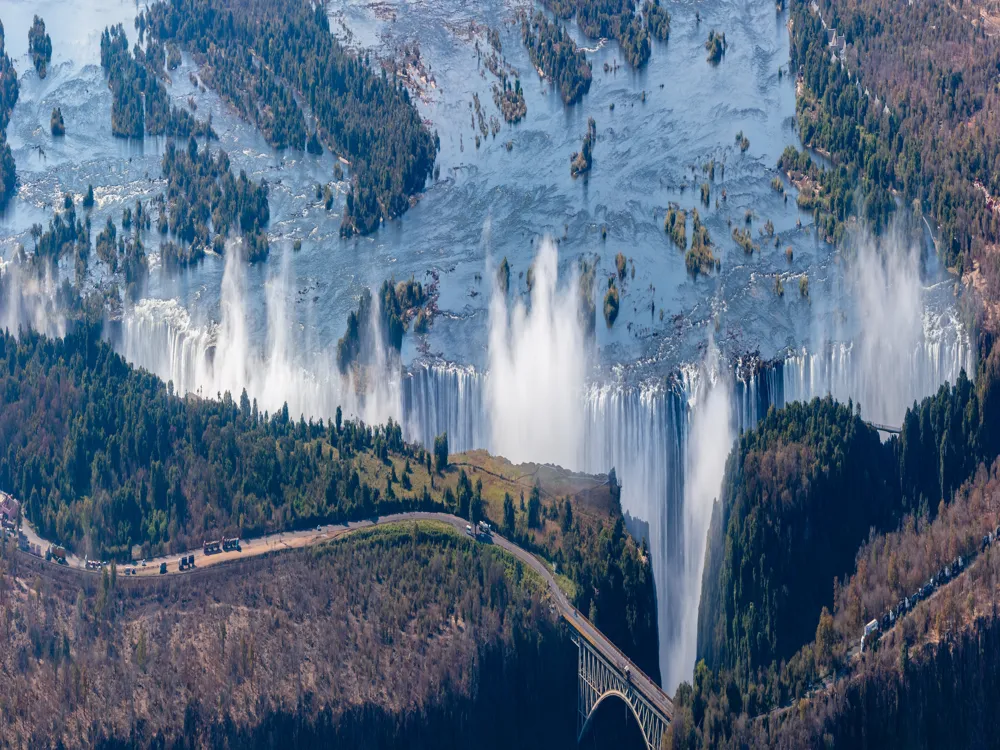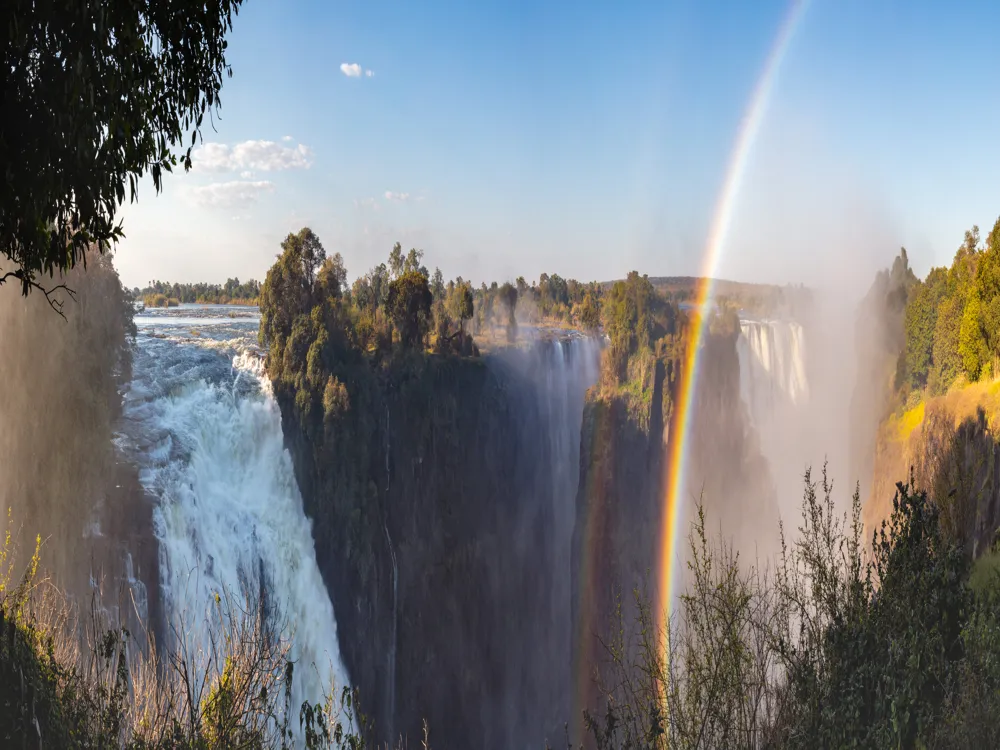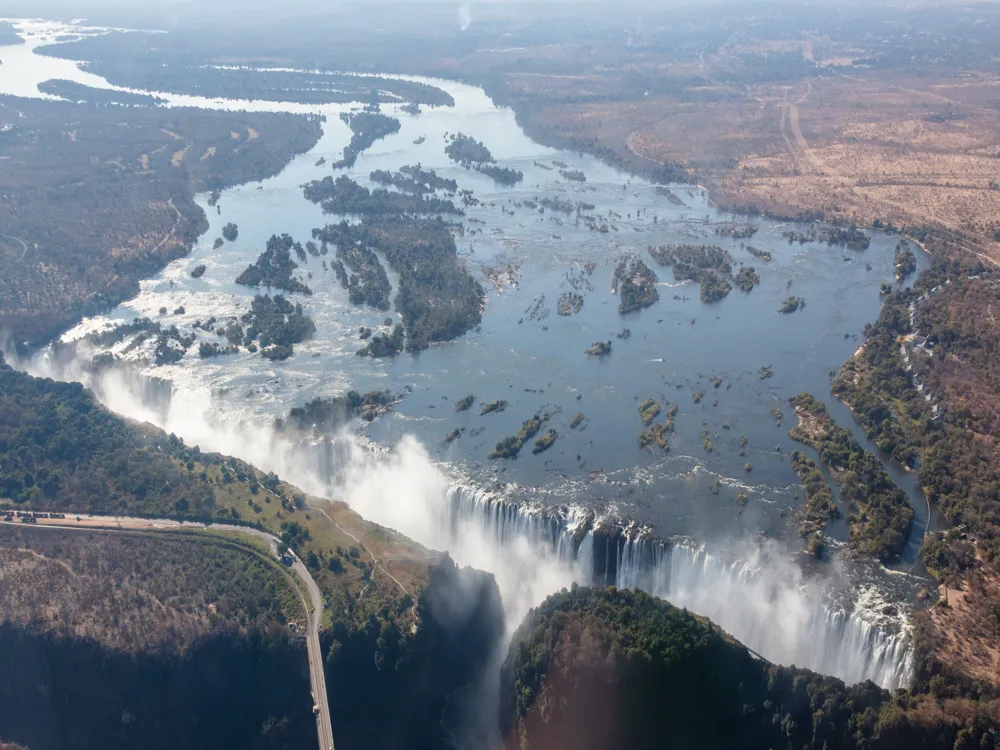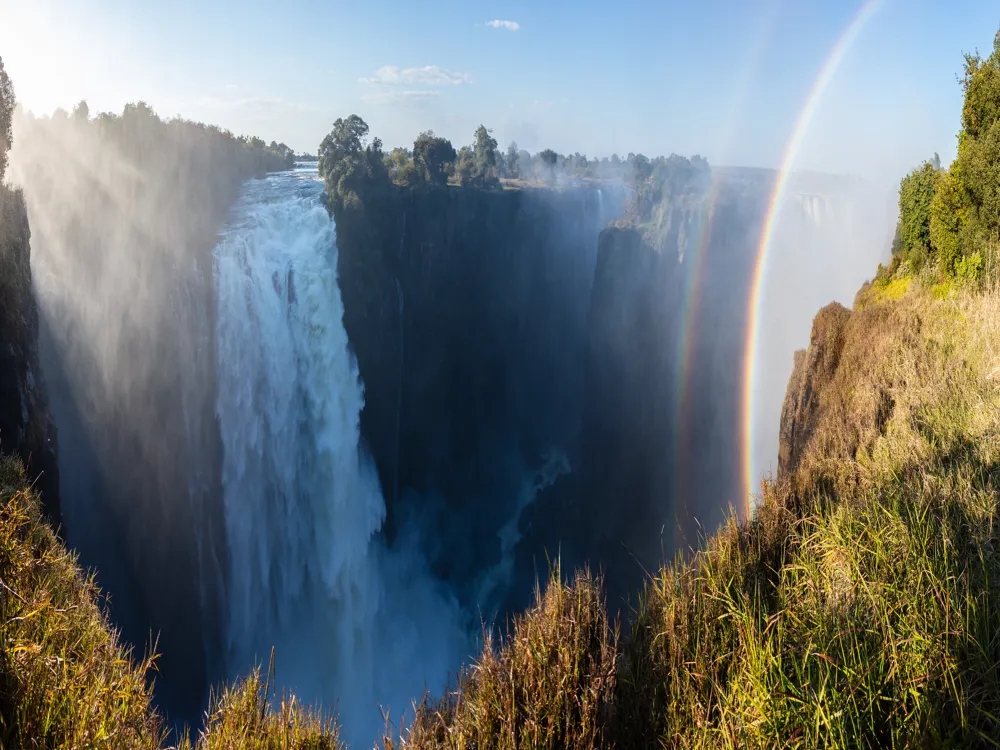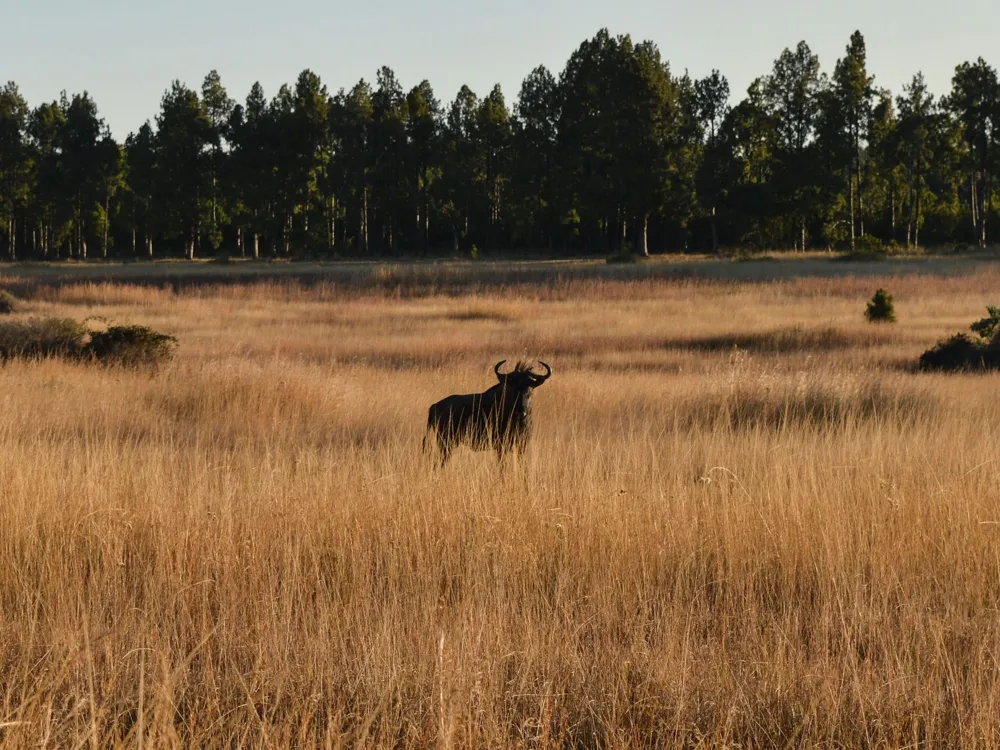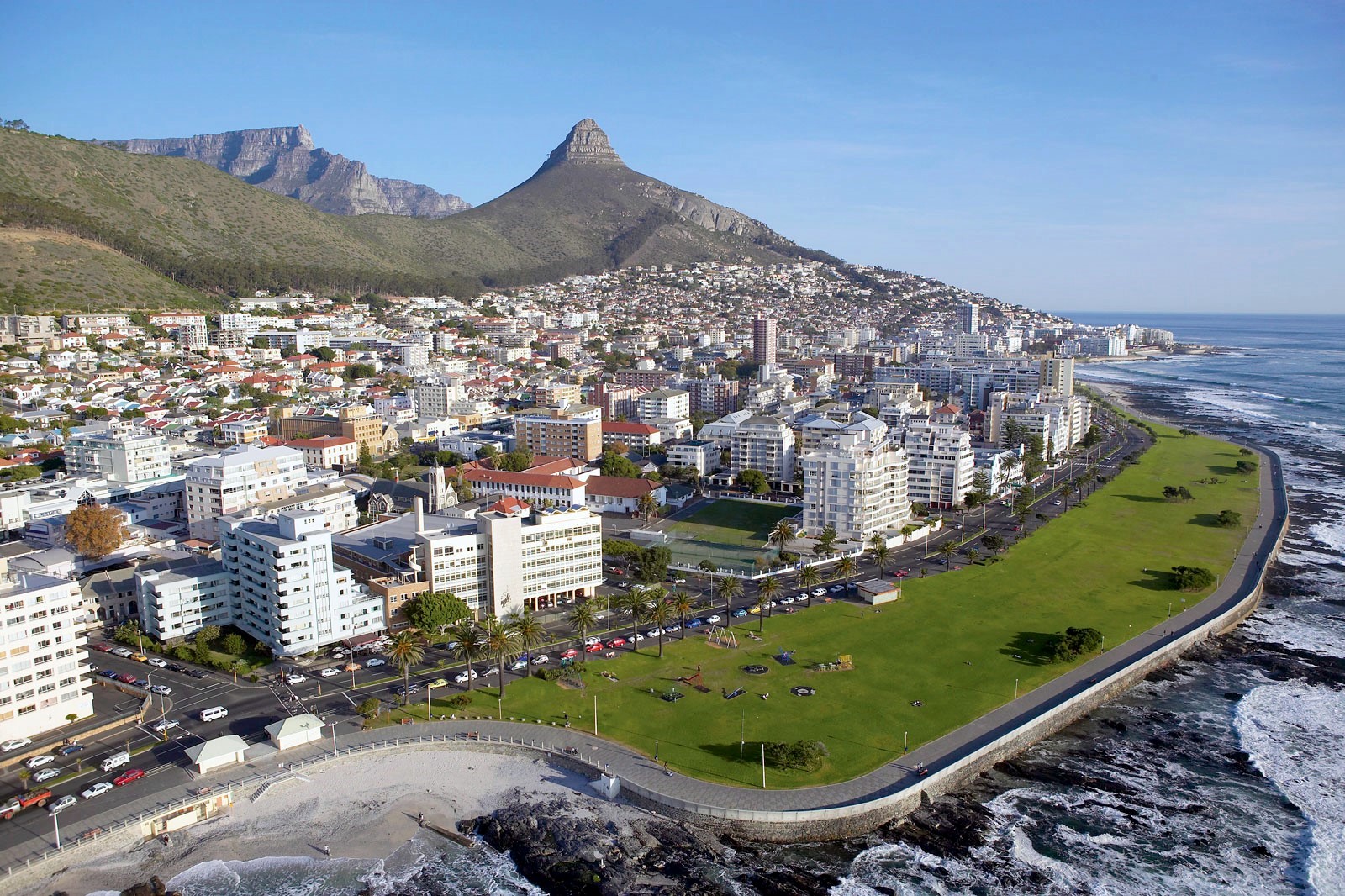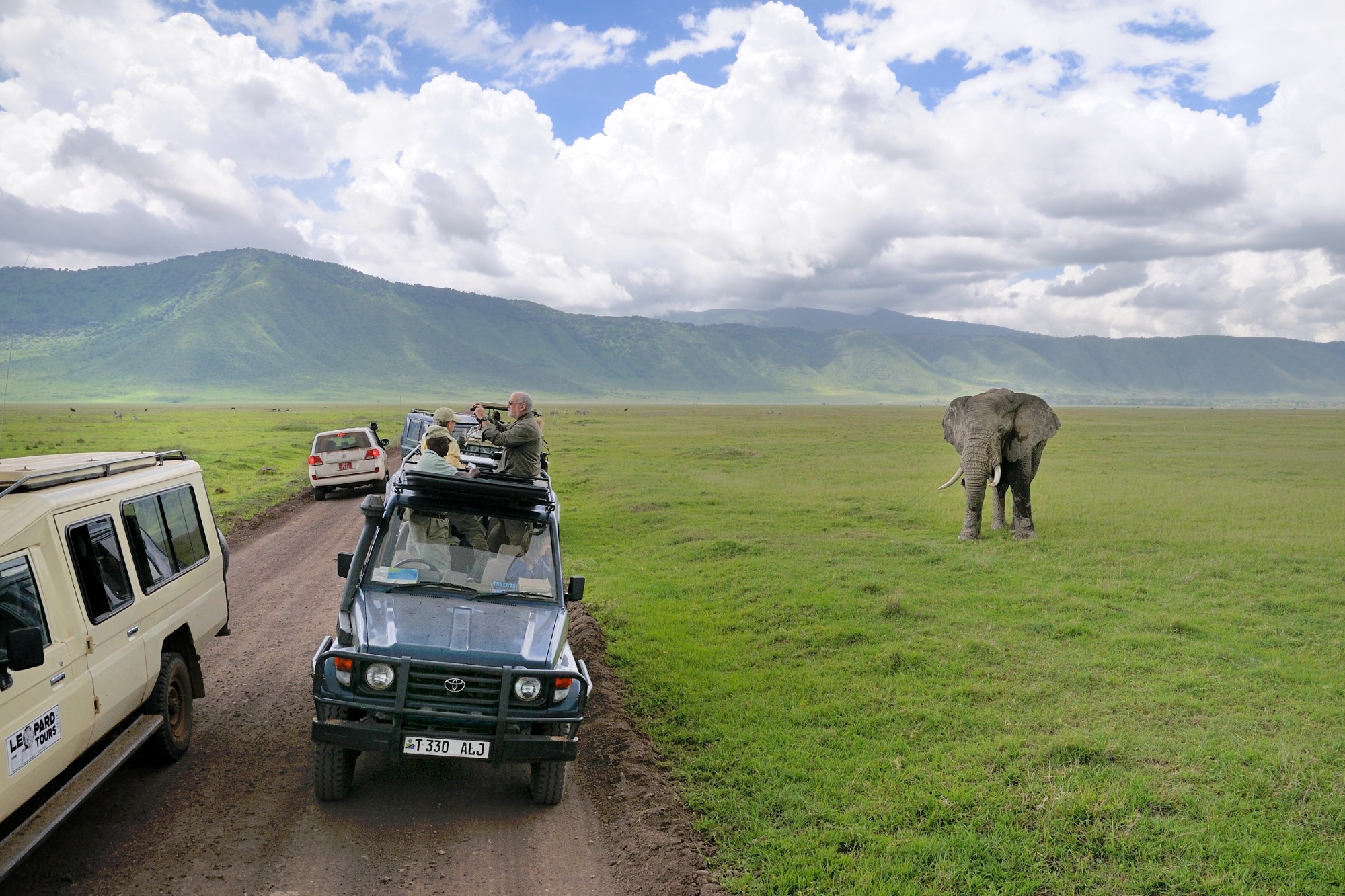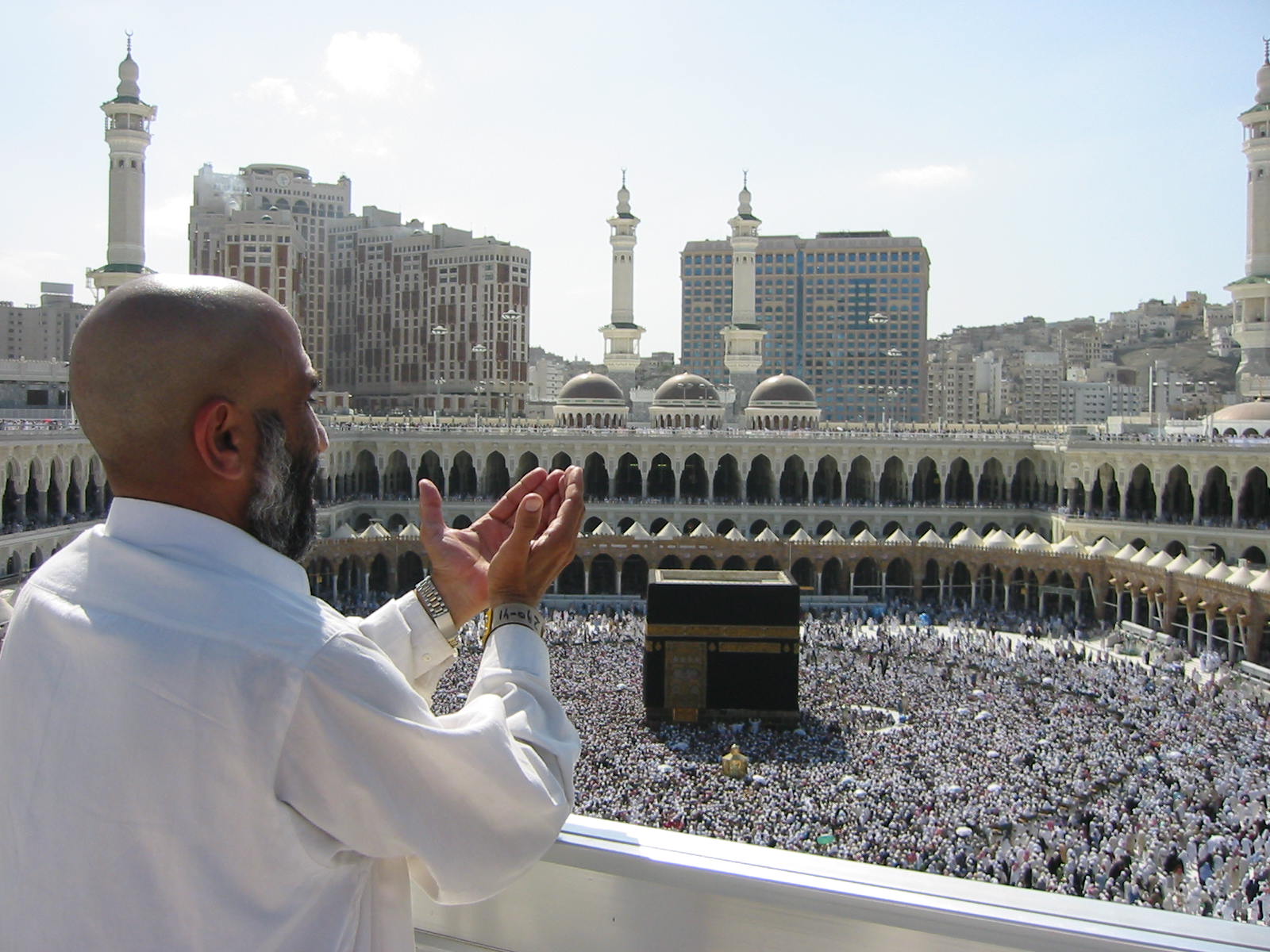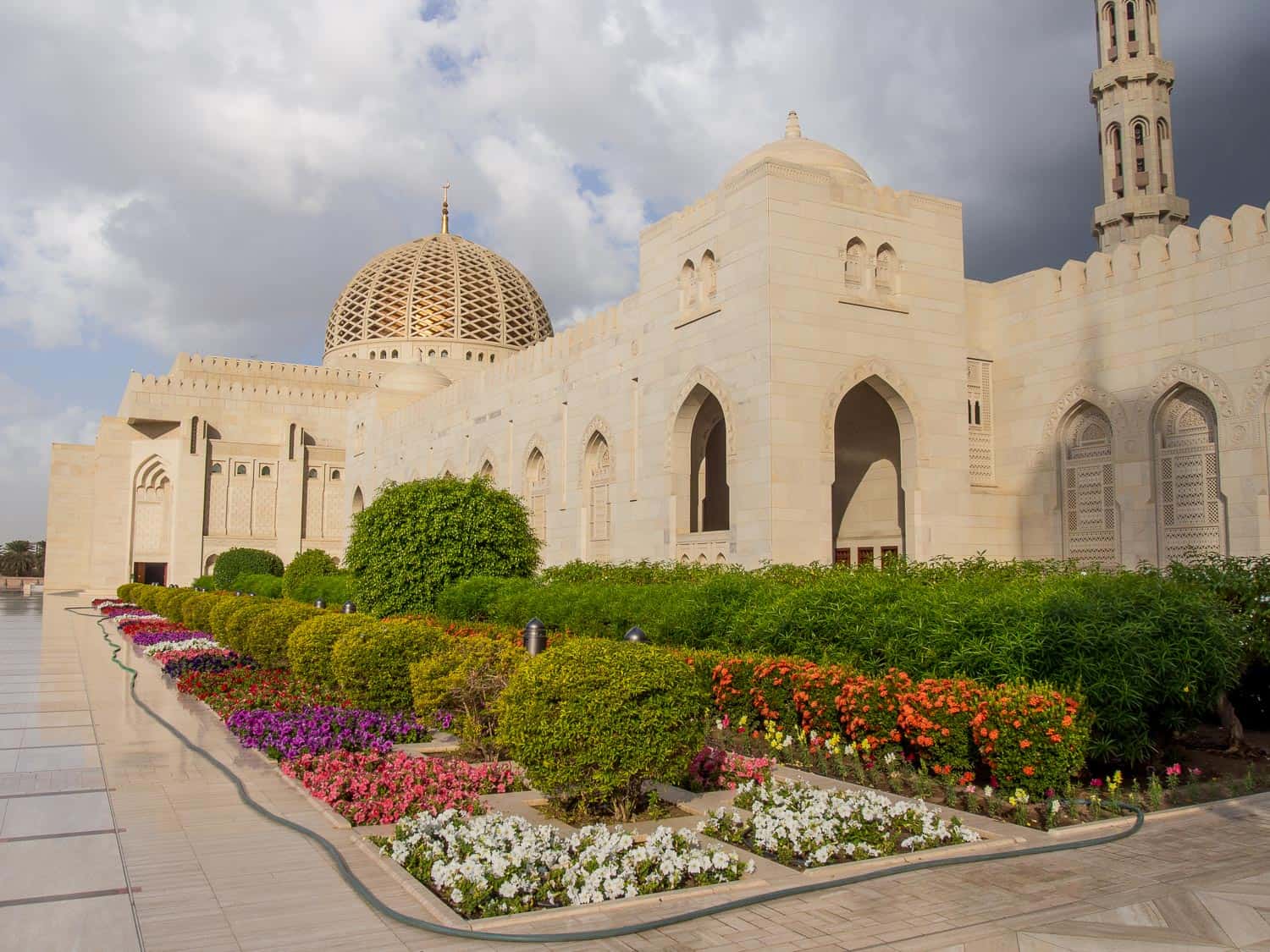Best Time to Visit Zimbabwe
When game watching is at its optimum, July through October is the ideal time to visit Zimbabwe. Huge herds gather in lakes, artificial waterholes, and rivers when the parks' natural waterholes dry up.
Travelling between November and March, however, is highly recommended for those who like to venture off the usual path and discover the nation's rich cultural past. The presence of migrating birds will be very exciting for birdwatchers.
While the crowds are a little less around April to June, this period offers exceptional value and magnificent views of Victoria Falls in full flow.
September to mid-November is the hot and dry season, with daytime highs of around 104°F and high humidity. This is a terrific time of year for safari tours in Zimbabwe, provided you don't mind the heat. The grass has been trodden and dried, making it especially visible as the animals congregate around the remaining drinking holes.
For both people and wildlife, the Emerald Season's (mid-November to April) rainfall has a revitalising cooling impact. The daytime highs range from 77°F to 85°F, while the evening lows are still comfortable. The flora of the nation thrives, adding a unique appeal. The ideal season to see birds is during the emerald season.
Travel to Zimbabwe is seen as most enjoyable during the cold, dry season, which runs from May to August. 68°C is a comfortable temperature throughout the day. Temperatures dip to freezing at night, particularly in the upper areas. The average temperature in low-lying areas should be about 41°C. In Zimbabwe, June and August are regarded as the ideal months for safaris.
Travel Peak Season In Zimbabwe
In Zimbabwe, the peak tourist season is generally during the dry season, which runs from late April to early November. This period is characterised by warm and dry weather, making it an ideal time for wildlife safaris and other outdoor activities. Here are the key factors influencing the peak season in Zimbabwe:
-
Dry Season (late April to early November):
- This is considered the peak tourist season due to the favourable weather conditions.
- The dry season is marked by clear skies, warm temperatures, and lower humidity, making it comfortable for travel and outdoor activities.
-
Wildlife Viewing:
- The dry season is the best time for wildlife viewing as animals congregate around water sources, making them easier to spot. National parks such as Hwange and Mana Pools are particularly popular during this time.
-
Victoria Falls:
- While Victoria Falls can be visited throughout the year, the dry season is when the water flow is reduced, providing better visibility of the falls and making activities like swimming in the Devil's Pool safer.
-
Outdoor Activities:
- Adventure activities such as hiking, birdwatching, and river cruises are more enjoyable during the dry season, when the weather is conducive to outdoor exploration.
-
Cultural Events:
- Some cultural events and festivals may take place during the peak season, attracting additional visitors.
-
School Holidays:
- The months of July and August coincide with school holidays in many countries, leading to increased tourism during this period.
-
Accommodation and Prices:
- Accommodation rates are generally higher during the peak season, and popular lodges and camps may get fully booked. It's advisable to make reservations in advance.
Travel Offseason in Zimbabwe
The offseason in Zimbabwe typically occurs during the wet season, which runs from November to March. While this period is characterized by higher rainfall, it still offers unique opportunities and advantages for travelers. Here are some considerations for travelling during the off-season in Zimbabwe:
-
Green Landscapes:
- The wet season brings lush greenery and vibrant landscapes to Zimbabwe. The vegetation is at its peak, and the scenery can be particularly beautiful.
-
Lower tourist numbers:
- The wet season is considered the low tourist season, meaning fewer crowds at popular attractions and accommodations. This can provide a more intimate and relaxed travel experience.
-
Wildlife and birdwatching:
- While some wildlife may be more challenging to spot due to thicker vegetation, the wet season is excellent for birdwatching as migratory birds are present. Additionally, the birth of many animal offspring occurs during this time.
-
Lower accommodation prices:
- Accommodation rates are generally lower during the offseason, offering budget-friendly options for travellers. Some lodges and hotels may also offer special discounts or packages.
-
Cultural Experiences:
- The wet season is a time when some cultural events and festivals may take place, providing travellers with a chance to engage with local traditions.
-
Photography Opportunities:
- The dramatic skies and unique lighting conditions during the wet season can create stunning photographic opportunities, especially for landscape photography.
-
Victoria Falls at High Flow:
- While the water flow at Victoria Falls is lower during the dry season, visiting during the wet season allows you to witness the falls in their full glory with higher water volumes.
Zimbabwe Weather in Winter (November – February)
Summer in Zimbabwe is warm, with daytime temperatures ranging from approximately 25 to 35 degrees Celsius (77 to 95 degrees Fahrenheit). However, temperatures can vary across different regions of the country.
Zimbabwe Weather in November
- Daytime temperatures in November typically range from around 25 to 35 degrees Celsius (77 to 95 degrees Fahrenheit), although temperatures can vary across different regions of the country.
- Evenings and nights are warmer compared to the winter months, but they can still be relatively cool.
Zimbabwe Weather in December
- Daytime temperatures in December typically range from around 25 to 35 degrees Celsius (77 to 95 degrees Fahrenheit), although temperatures can vary across different regions of the country.
- Evenings and nights are generally milder and warmer than the preceding months.
Zimbabwe Weather in January
- Daytime temperatures in January typically range from around 25 to 35 degrees Celsius (77 to 95 degrees Fahrenheit), although temperatures can vary across different regions of the country.
- Evenings and nights are generally mild, offering a pleasant climate.
Zimbabwe Weather in February
- Daytime temperatures in February typically range from around 25 to 35 degrees Celsius (77 to 95 degrees Fahrenheit). Temperatures can vary across different regions of the country.
- Evenings and nights remain mild, providing a generally comfortable climate.
Summer weather in Zimbabwe (March to June)
Daytime temperatures in March typically range from around 25 to 35 degrees Celsius (77 to 95 degrees Fahrenheit). As you progress into June, temperatures may gradually decrease, with daytime highs ranging from approximately 20 to 30 degrees Celsius (68 to 86 degrees Fahrenheit).
Zimbabwe Weather in March
Daytime temperatures in March typically range from around 25 to 35 degrees Celsius (77 to 95 degrees Fahrenheit). Evenings and nights remain relatively mild, providing a comfortable climate.
Zimbabwe Weather in April
Daytime temperatures in April typically range from around 20 to 30 degrees Celsius (68 to 86 degrees Fahrenheit). Evenings and nights are cooler compared to the summer months, providing a comfortable climate.
Zimbabwe Weather in May
Daytime temperatures in May typically range from around 15 to 25 degrees Celsius (59 to 77 degrees Fahrenheit). While daytime temperatures are mild, evenings and nights can be cooler, so it's advisable to bring a light jacket.
Zimbabwe Weather in June
Daytime temperatures in June typically range from around 10 to 22 degrees Celsius (50 to 72 degrees Fahrenheit). June is one of the cooler months, and evenings and nights can be chilly, so it's advisable to pack layers.
Zimbabwe Weather in Monsoon (July – October)
Daytime temperatures in July usually range from around 8 to 22 degrees Celsius (46 to 72 degrees Fahrenheit). As the season progresses into October, temperatures gradually rise, with daytime highs ranging from approximately 20 to 30 degrees Celsius (68 to 86 degrees Fahrenheit).
Zimbabwe Weather in July
Daytime temperatures in July typically range from around 8 to 22 degrees Celsius (46 to 72 degrees Fahrenheit). July is one of the cooler months, and evenings and nights can be quite cold, so it's advisable to bring layers for warmth.
Zimbabwe Weather in August
Daytime temperatures in August typically range from around 8 to 24 degrees Celsius (46 to 75 degrees Fahrenheit). While daytime temperatures are cool and comfortable, evenings and nights can be cold, so it's advisable to bring layers for warmth.
Zimbabwe Weather in September
Daytime temperatures in September typically range from around 10 to 28 degrees Celsius (50 to 82 degrees Fahrenheit). As the month progresses, temperatures start to rise, and the weather becomes increasingly warm.
Zimbabwe Weather in October
Daytime temperatures in October typically range from around 15 to 32 degrees Celsius (59 to 90 degrees Fahrenheit). October is characterized by warming temperatures, and it can become quite hot, especially towards the end of the month.
conclusion
In conclusion, the best time to visit Zimbabwe depends on the type of experience you seek and your specific interests. The dry winter months from May to October are widely regarded as the prime safari season, offering excellent wildlife viewing opportunities as animals gather around water sources. The weather during this period is cooler, making it more comfortable for outdoor activities.
For those interested in lush landscapes and vibrant flora, the rainy season from November to April brings greenery and blooming vegetation, but it may also involve occasional heavy rainfall. This period, however, is great for birdwatching and witnessing the natural beauty of Zimbabwe.
Ultimately, the best time to visit Zimbabwe varies based on your preferences, with each season offering a distinct charm. Whether you aim to explore national parks, experience wildlife, or enjoy unique landscapes, careful consideration of the seasons will enhance your overall travel experience in this captivating Southern African country.
Tourist Places to Visit in Zimbabwe
Harare
The capital of Zimbabwe, Harare sits at an elevation of 1,483 metres (4,865 feet) and is one of the more attractive capitals in the Southern Africa. It is a safe city with the typical laid-back feel of an African summer. You will find a wide variety of fine dining options, museums, bars, and even cr...
All Places to Visit In Zimbabwe
Faq
When is the best time to visit Zimbabwe for wildlife safaris?
The optimal time for wildlife safaris in Zimbabwe is during the dry winter months from May to October. This period offers excellent visibility and animal sightings as wildlife congregates around water sources.
What are the weather conditions during the rainy season in Zimbabwe, and is it a good time to visit?
The rainy season in Zimbabwe occurs from November to April, featuring occasional heavy rainfall. While it may not be ideal for safaris, this period is great for witnessing lush landscapes, blooming vegetation, and is particularly appealing for birdwatching enthusiasts.
Are there specific months to avoid due to extreme weather conditions in Zimbabwe?
The months of December to February are characterized by high temperatures and occasional heavy rains, making it less suitable for outdoor activities. Visitors sensitive to heat may find these months challenging.
What is the best time to visit Zimbabwe for cultural experiences and festivals?
Zimbabwe hosts various cultural events and festivals throughout the year. The dry months of May to October provide pleasant weather for cultural exploration, with opportunities to engage in local festivities and traditions.
Are there advantages to visiting Zimbabwe during the shoulder seasons?
The shoulder seasons of April/May and September/October offer a balance between favorable weather and fewer crowds. Travelers during these periods can enjoy pleasant temperatures, wildlife viewing, and outdoor activities without the peak-season crowds.

